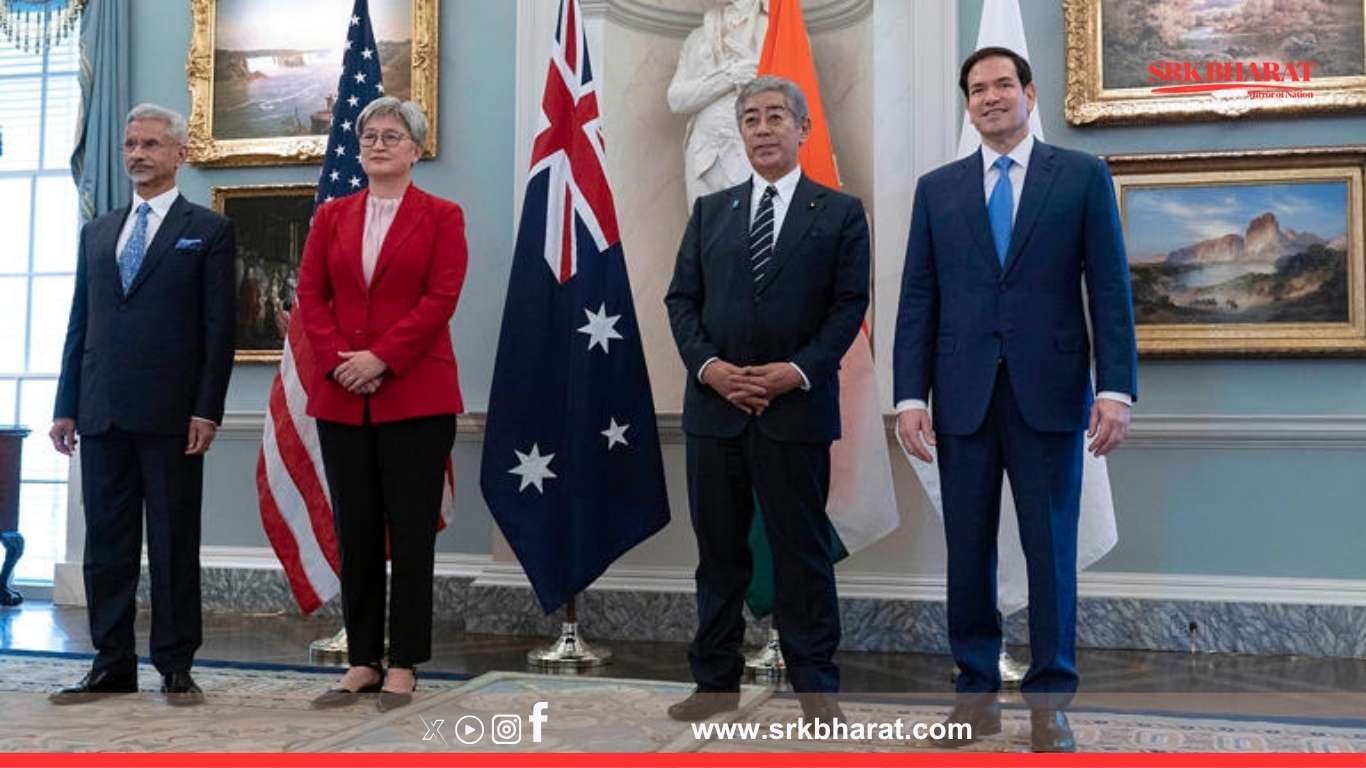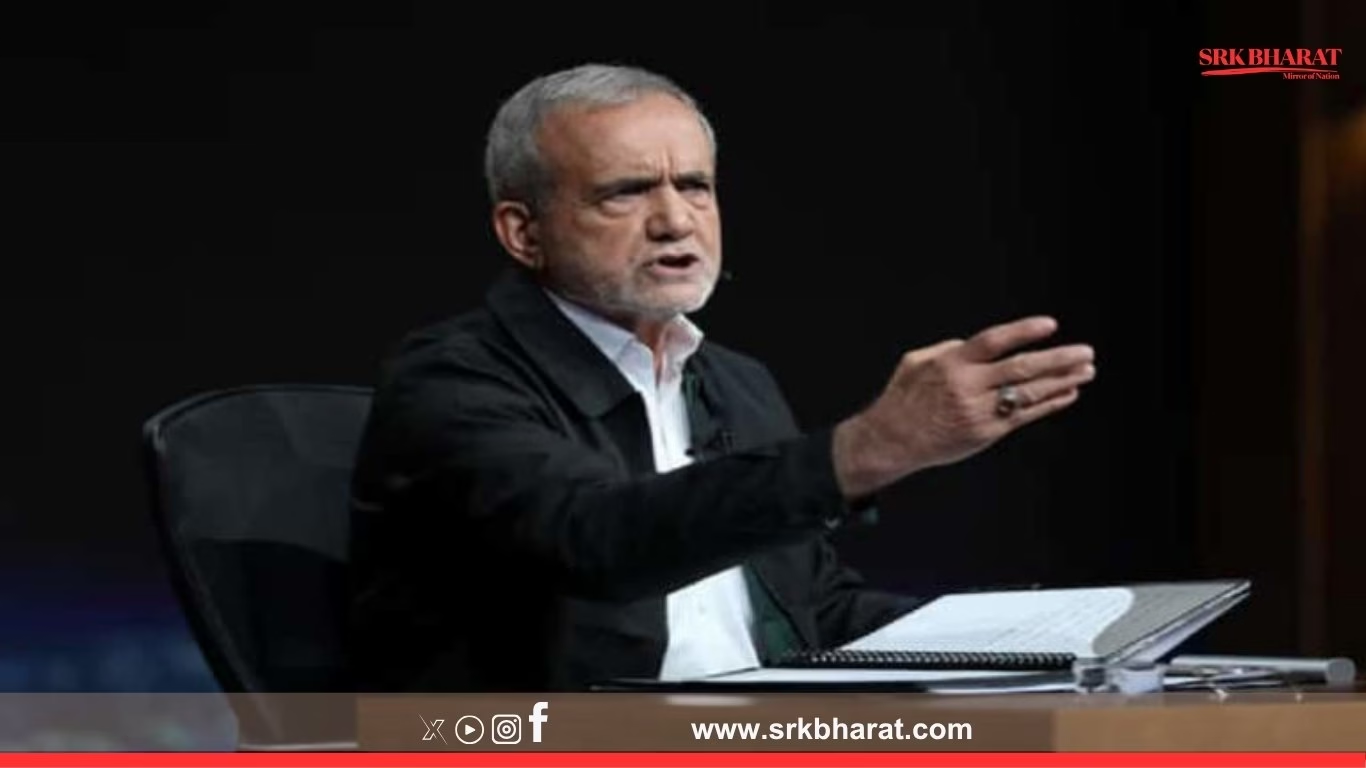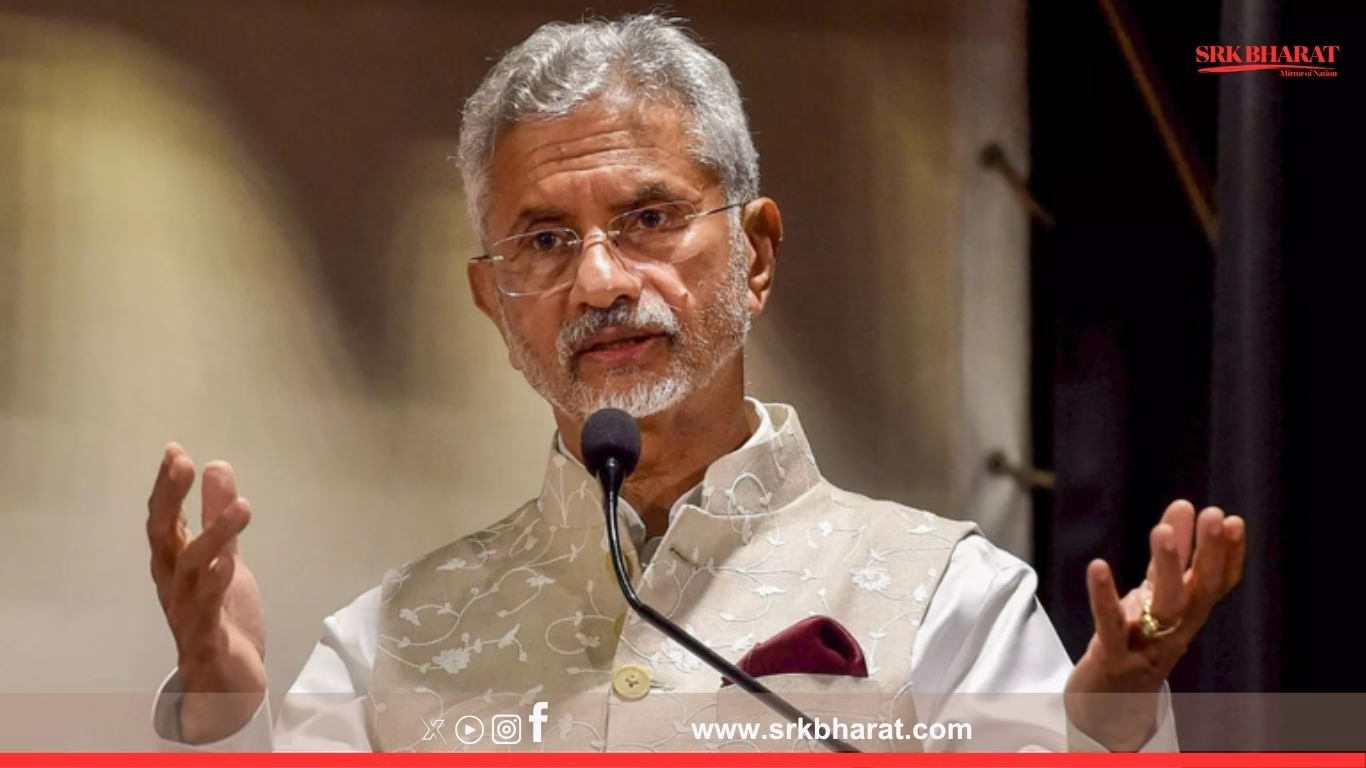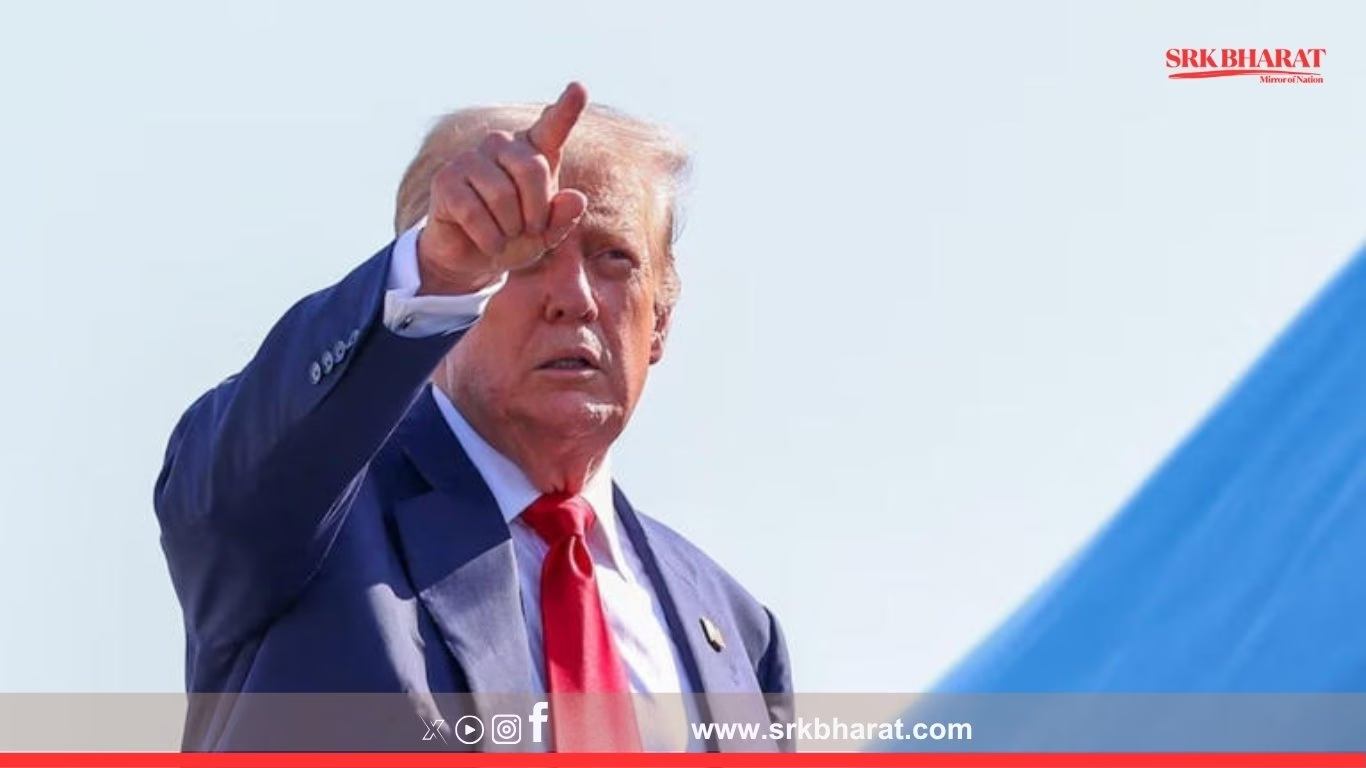The Quadrilateral Security Dialogue, better known as the Quad alliance of India, the US, Japan, and Australia, is now accelerating efforts to create resilient supply chains for critical minerals that power the global clean energy, defence, electronics, and EV sectors. This move is widely seen as a strategic response to counter China’s near-monopoly on rare earth processing and mineral supply networks.
Why Critical Minerals Have Become The New Geopolitical Battleground
Critical minerals such as lithium, cobalt, nickel, graphite, and rare earth elements are indispensable for:
- Electric vehicle batteries
- Renewable energy infrastructure
- Semiconductor manufacturing
- Aerospace and defence systems
Currently, China controls up to 70-80% of the world’s rare earth refining capacity, giving it disproportionate influence over the clean tech and electronics supply chain. For instance, China processes over 90% of rare earths, despite countries like Australia holding significant reserves. This concentration poses a direct risk to industrial stability and national security for countries relying on these minerals.
Quad’s Strategic Move: Building Alternative Supply Chains
In their latest meeting, Quad nations agreed to:
- Identify and map critical mineral reserves within their territories and partners in the Indo-Pacific.
- Invest in mining, processing, and refining infrastructure, reducing dependence on Chinese facilities.
- Facilitate technology sharing to enable sustainable extraction and processing practices.
- Promote joint ventures and offtake agreements to ensure secured supply lines for industries.
India, Australia, and the US are expected to prioritise lithium, cobalt, and rare earths cooperation, while Japan is focusing on refining technology and efficient recycling systems.
Country-Wise Strategic Assets In Critical Minerals
| Quad Member | Key Resources | Strategic Advantage |
|---|---|---|
| Australia | Lithium, cobalt, rare earths | Major global miner with robust regulatory standards and proximity to Asian markets. |
| India | Rare earths (limited explored), titanium, bauxite | Emerging market with large manufacturing base seeking to reduce import reliance. |
| United States | Rare earth reserves, lithium in Nevada | Technology leadership, capital resources, and military-industrial demand. |
| Japan | Limited domestic reserves | Advanced refining, recycling, and material science technologies. |
Can Quad’s Plan Truly Counter China’s Dominance?
Advantages Of Quad Strategy
- Resource Diversification: Utilising Australia’s reserves and India’s potential unexplored deposits mitigates single-source dependency risks.
- Technological Complementarity: Japan’s refining prowess, US technological leadership, and Australia’s mining expertise can integrate into efficient supply chains.
- Geopolitical Synergy: Reduces the threat of supply disruption during regional tensions with China, especially over Taiwan and South China Sea issues.
Key Challenges Ahead
- High Capital Requirements
Developing new mines, processing units, and refining capacity involves billions of dollars in upfront investments, complex regulatory clearances, and long gestation periods.
- Environmental Concerns
Critical mineral mining and refining processes are environmentally hazardous. Sustainable practices require stringent standards, which increase project costs and timelines.
- China’s Price Manipulation Ability
China can strategically reduce global mineral prices to undermine alternative supply chains by making non-Chinese production financially unviable, as witnessed in rare earth markets over the past decade.
- Infrastructure Bottlenecks
India, despite having rare earth reserves in Odisha and Andhra Pradesh, lacks sufficient refining and separation infrastructure. Australia and the US also face local environmental opposition for new mining projects.
India’s Strategic Role In Quad’s Critical Mineral Ambitions
India has initiated policies to integrate itself as a critical minerals processing and manufacturing hub. Key developments include:
- National Critical Minerals Strategy 2023 that prioritises exploration, private sector participation, and strategic stockpiling.
- KABIL (Khanij Bidesh India Ltd), a joint venture to acquire mineral assets overseas, particularly in South America and Africa.
- Collaboration with Australia for lithium and cobalt resource development under the India-Australia Critical Minerals Investment Partnership.
- Planned auction of critical mineral blocks, including lithium in Jammu and Kashmir, to attract domestic and global miners.
Minister of Mines Prahlad Joshi recently highlighted that critical minerals are “the foundation of Atmanirbhar Bharat in clean energy and strategic industries.”
Experts View: Quad’s Path Forward
Dr. Ruchi Sharma, geopolitical and minerals policy analyst, observes:
“Quad’s critical mineral cooperation is vital for collective energy security and industrial resilience. But countering China will require faster project approvals, environmental clearances, and coordinated investments to match Beijing’s decade-long head start.”
She notes that public-private partnerships, strategic financing, and risk-sharing mechanisms are essential to ensure these projects are viable against China’s subsidised ecosystem.
Long-Term Strategic Implications
If implemented effectively, Quad’s critical minerals strategy will:
- Strengthen clean energy transition goals by ensuring reliable battery material supplies.
- Secure defence supply chains, vital for missiles, aircraft, and electronic warfare systems.
- Reduce global market manipulation risks by diversifying the concentration of refining and processing capacities.
- Empower developing Indo-Pacific nations with new investment and infrastructure projects, countering China’s Belt and Road leverage.
The Road Ahead: Cooperation, Speed, And Sustainability
For Quad to achieve its goals, experts suggest:
- Fast-tracking mining and refining projects with integrated environmental management.
- Creating joint financing platforms to reduce project risks and attract private capital.
- Developing regional mineral processing hubs in ASEAN and Africa to integrate global South resources into Quad-led supply chains.
- Investing in research for mineral recycling and alternatives, reducing primary resource extraction dependence.
Conclusion
While China’s dominant position in critical minerals remains formidable, the Quad’s united effort to build secure, diversified, and sustainable supply chains marks a decisive step towards countering that leverage. With complementary resources, advanced technologies, and strategic alignment, the Quad has the potential to reshape global critical mineral markets, ensure energy security, and anchor an open and resilient Indo-Pacific economic architecture in the years ahead.











